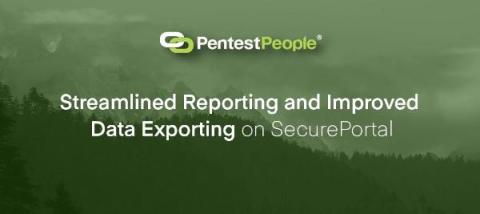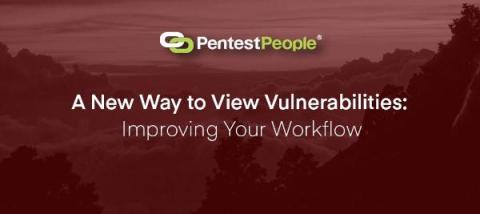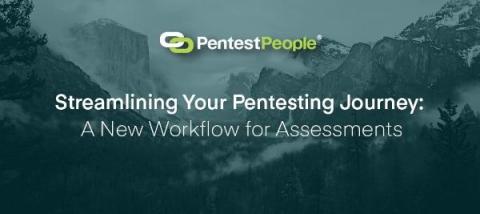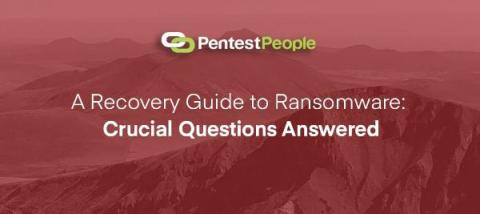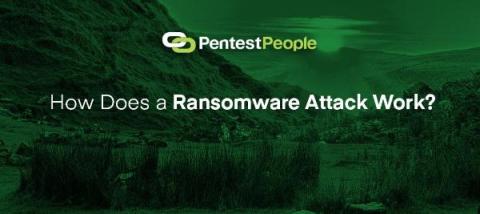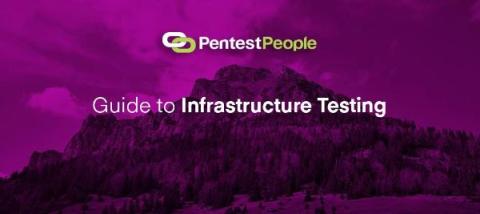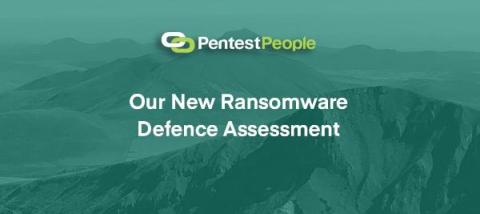Streamlined Reporting and Improved Data Exporting on SecurePortal
At Pentest People, we're committed to providing a seamless, efficient, and effective platform for managing your penetration test results. We continually strive to improve upon our offerings, and in this vein, we're excited to announce some significant changes to how reports on SecurePortal are presented and how data can be exported.


